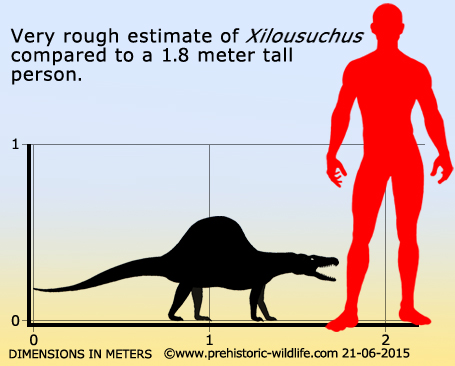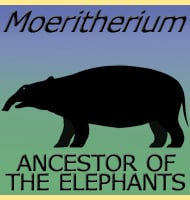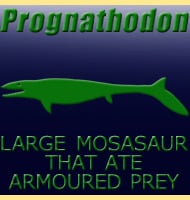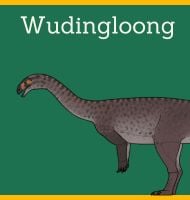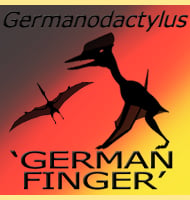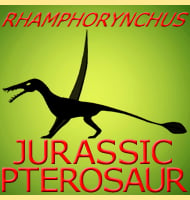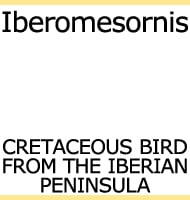In Depth
Xilousuchus is one of the oldest known archosaurs and like many other primitive forms it has a sail upon its back. This has seen Xilousuchus placed within the Ctenosauriscidae group of sail backed rauisuchian archosaurs that are typified by the genus Ctenosauriscus, although Xilousuchus is actually thought to be more closely related to another member of this group called Arizonasaurus that lived in what is now North America.
The sail backed archosaurs should not be confused with the sail backed pelycosaurs like Dimetrodon and Edaphosaurus of the earlier Permian period, although like them the exact function of the sails is open to debate. Temperature regulation is one commonly proposed theory as well as display, however the sails of rauisuchians like Xilousuchus are more robust than in earlier sail backed animals. It may be that they served an additional purpose of fat storage where reserves of fat were built up in times of plenty so that the animal could survive leaner times. It’s particularly important to bear in mind that Xilousuchus and many others like it appear not that long after the single largest extinction event in the recorded history of the planet, and that later forms of rauisuchian archosaurs would live without the sails. This might lend more support to the fat hump theory as such a feature would help with the continued survival of one group of animals into leaner times.
Further Reading
– The discovery of a new thecodont from north-east Shensi. – Vertebrata PalAsiatica 19:122-132 – X. Wu – 1981. – A sail-backed suchian from the Heshanggou Formation (Early Triassic: Olenekian) of China. – Earth and Environmental Science Transactions of the Royal Society of Edinburgh 110 (3): 271–284. – Sterling J. Nesbitt, Jun Liu & Chun Li – 2010.
